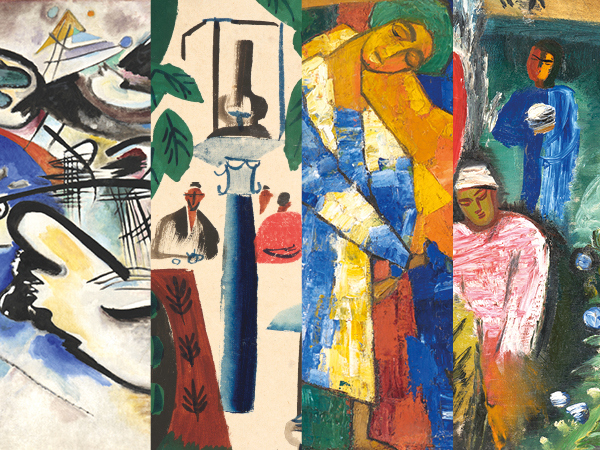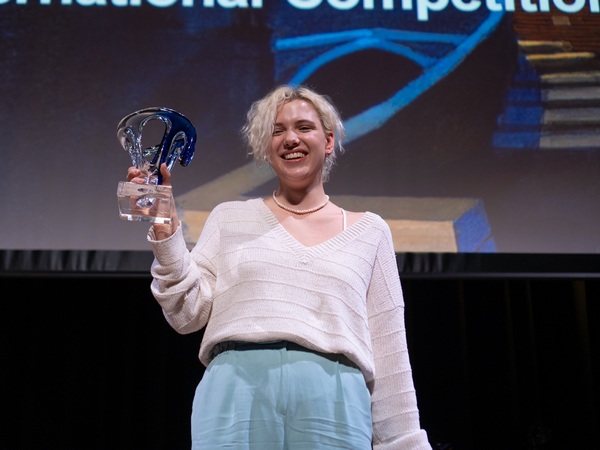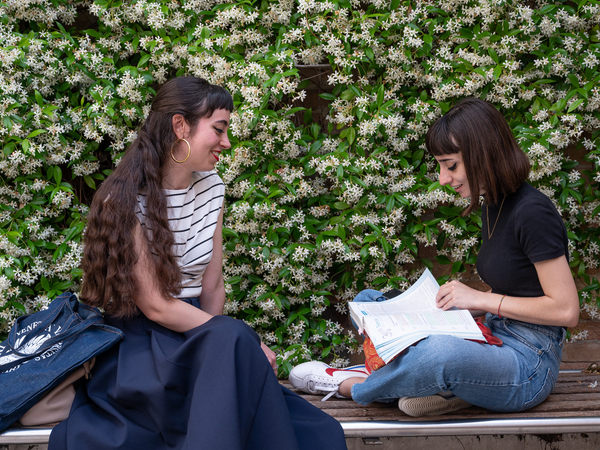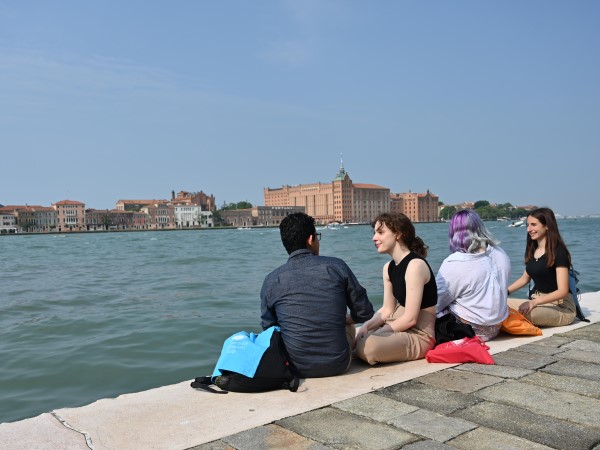The last will and testament penned by a young woman on 7 July 1319 in Venice and entrusted to her father Marco — whose surname was Polo — reveal the existence of a daughter of the famous traveller and author of the Travels of Marco Polo.
This exceptional discovery was made by Marcello Bolognari at the State Archive of Venice, a place which holds immeasurable information about the past. Mr Bolognari discusses the discovery in an article published in the journal Studi Medievali, 3rd series, 62 (2021), titled «Agnes uxor Nicolai Calbo de confinio Sancti Iohannis Grisostomi»: un nuovo documento inedito sulla famiglia Polo.
So far, Marco Polo’s most well-known daughter was Fantina Polo, a worthy descendant of the Venetian traveller. A strong and resolute woman, Fantina had no hesitation in going to court to demand what her father had bequeathed to her. The recently discovered documents tell another story, revealing the existence of Agnese, who was born before Marco Polo married Donata Badoer, who bore their daughters Fantina, Bellela and Moreta.
Unfortunately, the circumstances surrounding these documents were sad. In fact, Agnese Polo, who lived in the parish of San Giovanni Grisostomo, must have known she was about to die. This is why she entrusted her father with the responsibility to deliver her last will and testament to the priest-notary Pietro Pagano at the nearby church of San Felice.
“Agnese’s testament,” says Marcello Bolognari, “depicts an intimate and affectionate portrait of family life. She mentions her husband Nicolò, known as Nicoletto, as well as their children Barbarella, Papon (i.e. “Big Eater”) and Franceschino. The diminutives that she used to refer to her children tell us that this young mother wanted to leave something behind for her husband and children, but also — as the document shows — for the children’s tutor (magister) Raffaele da Cremona, their godmother (santola) Benvenuta, and the maid (famula) Reni.”
The testament was written in 1319 and is only a fragment of the vast (and still expanding) amount of documentation on the Polo family in Venice. It also offers new insight into Marco Polo’s biography, revealing that Marco had a daughter before his wedding, out of wedlock, or even with a previous partner (was he a widower when he married Donata in 1300?).
It is believed that Agnese was born between 1295 and 1299, immediately after Marco returned to Venice in 1295. Therefore, Marco is likely to have had this daughter soon after returning to the lagoon and just before his imprisonment in Genoa (1298-1299).
When she wrote her will, Agnese would have been about 23 or 24 years old. She was the mother of the three children who are mentioned in the document. Her husband and her father — to whom she entrusted her will — would both outlive her. While this information is not enough for us to trace a clear picture of Agnese, her affection for her family transpires from her references to her loved ones, while her mentioning of the children’s tutor reveals how much she cared about their education.
“This document”, says Marcello Bolognari, “offers information about the branch of the Polo family that lived in the San Giovanni Grisostomo area and raises important questions which, for now, can only be answered if we examine the documents we have one more time, publishing new critical editions and examining the archive in even more depth.”
Agnese Polo’s last will and testament was found in the State Archive of Venice (ASVe, Notarile. Testamenti, Testamenti, b. 830, n. 36, f. 11r. Protocollo membranaceo di Pietro Pagano pievano di San Felice in buono stato di conservazione di 375 x 297 mm) during the archival exploration conducted by a research team of Ca’ Foscari University of Venice (Department of Humanities). The team was coordinated by Eugenio Burgio and Antonio Montefusco, and aimed to analyse the way Marco Polo’s Devisement dou Monde was received by the Order of Friars Preachers (Dominicans).











